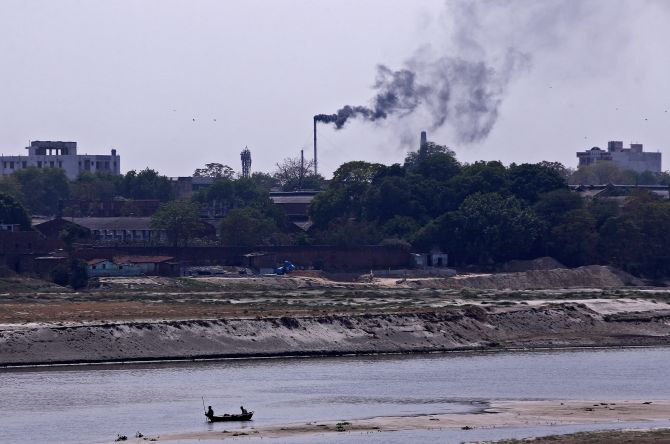
Kanpur is one of the biggest producer of Textile and Leather products and it is exported in bulk. About 50 Tons of air cargo is generated for leather products only and it is sent through surface transport to New Delhi and from New Delhi it is sent to outside India through air cargo. Apart from leather and textile industry, the fertilizer, chemicals, soaps, Pan Masala, hosiery and engineering industries are also operating in the city. The Stock yard of H.A.L. and SAIL are also located in the city. The largest nos. of ordinance factories are situated in the city. Gas Authority of India, NTPC and perfume industries of Kannauj are also near to Kanpur. STP (Software Technology Park) is also developing in Kanpur. The Directorate of Industries and Directorate of Handlooms are aslo situated in the city. The following famous companies have their offices/plants in Kanpur.
Coca Cola,
Pepsi,
Duncans Fertilizers,
Mirza Tanners,
Super House,
Kothari Products,
Rotomac,
BIC,
NTC,
Hindustan Lever,
Nerolac,
GCMMF(Amul),
Ashok Spices,
Goldie Spices,